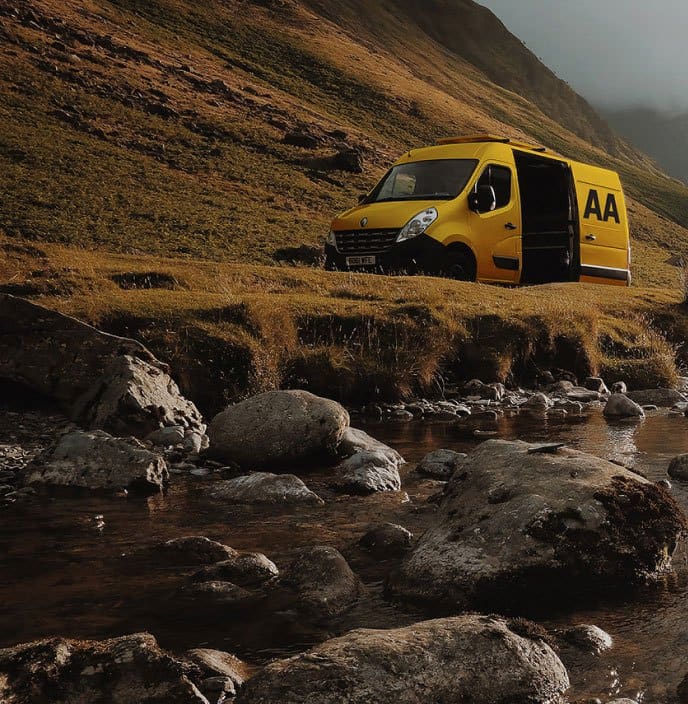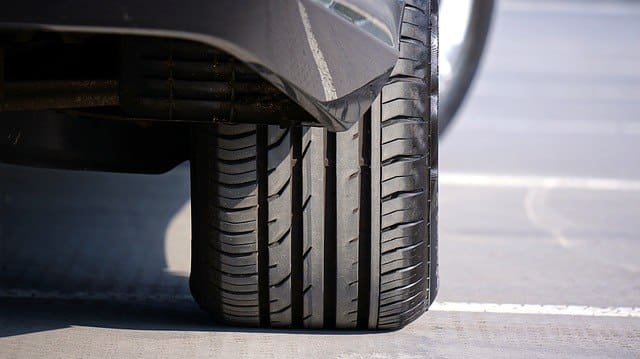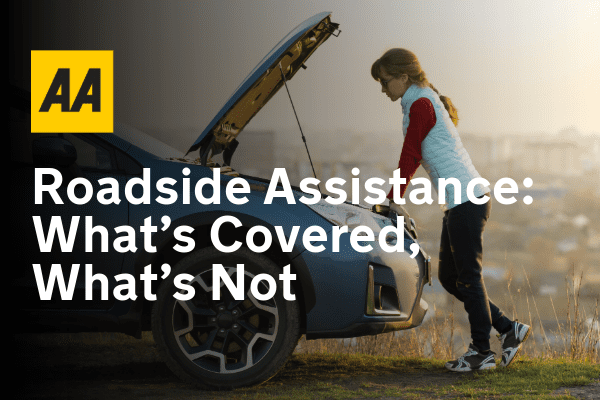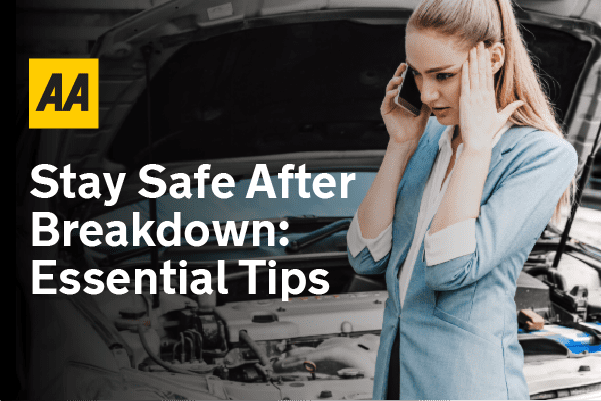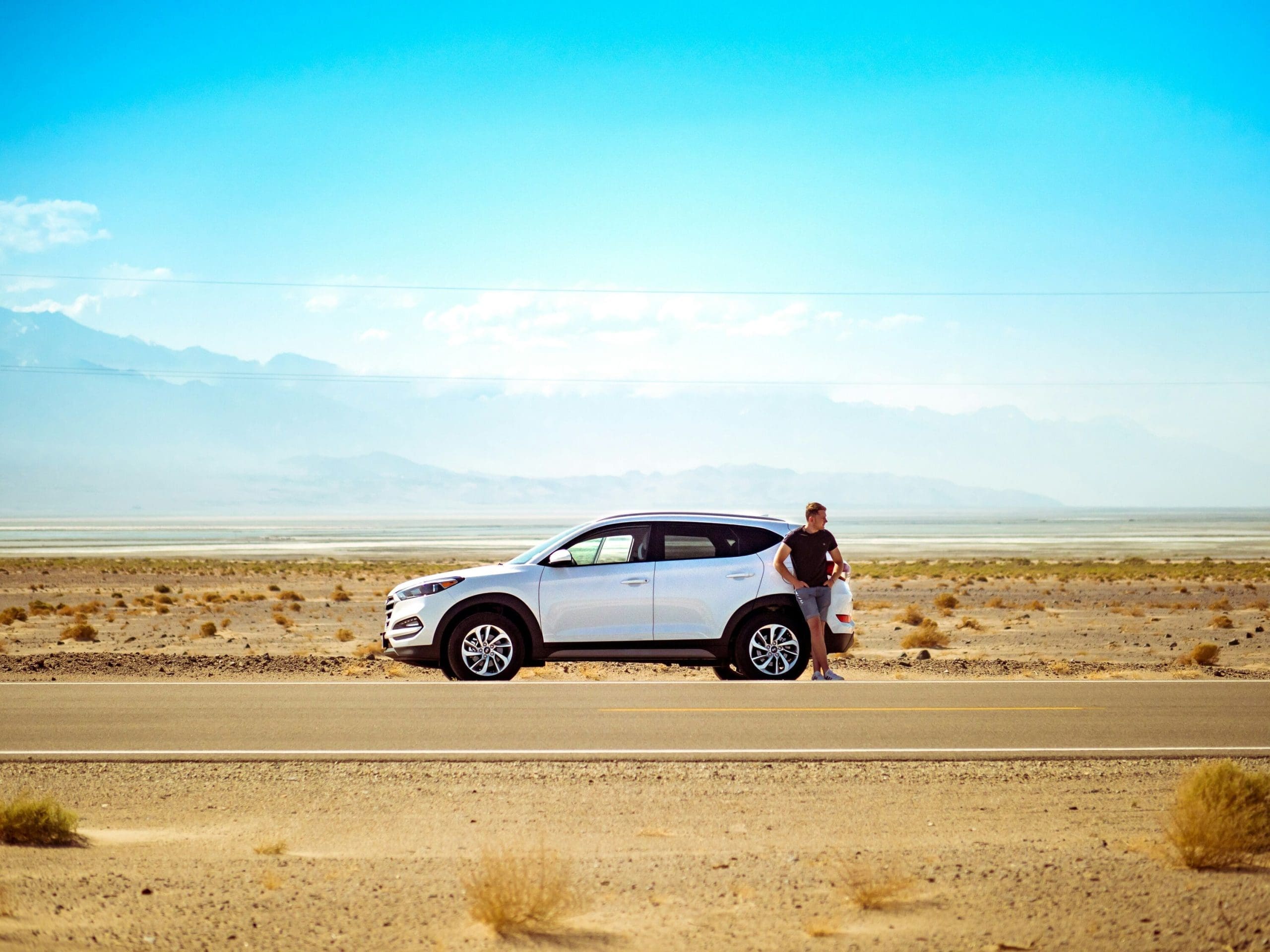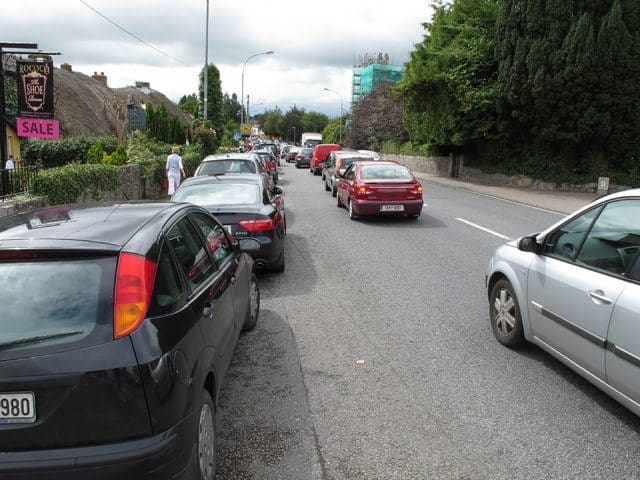Four small patches of rubber each about the size of your hand are the only parts of the car in touch with the road. So as we approach winter, having the right tyres in good condition and correctly inflated is very important for your safety.
Regular checks and maintenance help to make tyres last longer, and keep you on the right side of the law.
Original fit car tyres
Car and tyre manufacturers work closely together to select the make, size and tread pattern that best suits a new car taking account of many factors including styling, handling and noise.
You must stick to the same size and type of tyre – and ideally the same brand and tread pattern – when renewing tyres. Changing brand or pattern could mean more tyre noise and affect handling.
New tyres to the front or rear?
- Check the handbook first as some give vehicle specific advice.
- Generally it’s good practice to fit the best/newest tyres on the rear – in wet conditions, this favours understeer rather than oversteer.
- So, if you have the front tyres renewed it’s best to have the rear ones moved to the front and the new tyres fitted to the rear.
- Tyres with deep tread are less likely to puncture and it’s more difficult to control a car with a damaged rear tyre.
Basic legal requirements
- Tyres must be compatible with others on the car and generally in good physical condition and must be correctly inflated to the vehicle manufacturer’s recommended pressure
- Tread depth must be above the legal minimum which for passenger cars is 1.6mm throughout a continuous band in the centre 3/4 of the tread and around the entire circumference. The AA recommends replacing your tyre when the tread depth falls below 3mm. An easy way to check to this is to put a one euro coin into the grooves, and make sure the gold at the bottom is fully covered.
- You don’t have to carry a spare and it doesn’t have to meet the legal requirements while it’s stowed away. It may however affect breakdown cover if you don’t carry a serviceable spare
Spare wheels and new cars
If you are buying a new car don’t assume that there will be a full-size spare wheel in the boot. It is increasingly common for car manufacturers to provide a non-standard or ‘skinny’ spare or even simply an emergency tyre sealant and compressor/inflator pack.
If carrying a full-size spare is important to you then raise it with the dealer; some offer a standard spare wheel as a cost option if the design of the boot floor can accommodate one.
AA Membership – click here to sign up. Click here to find copies of our policy booklets.


